Spring | Klein
Body20 now offering electro-muscle-stimulation physical training in Spring
The business focuses on providing customers customized workouts through physical training with electro-muscle-stimulation technology to create muscle contractions, according to the company’s website.






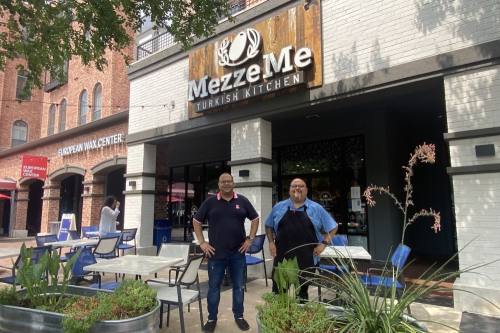

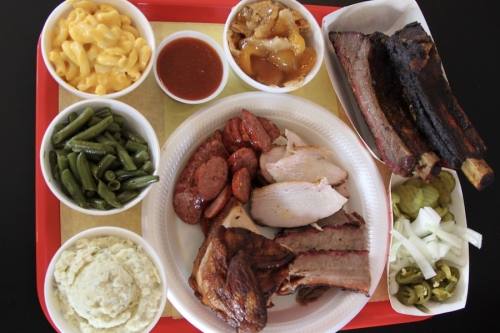
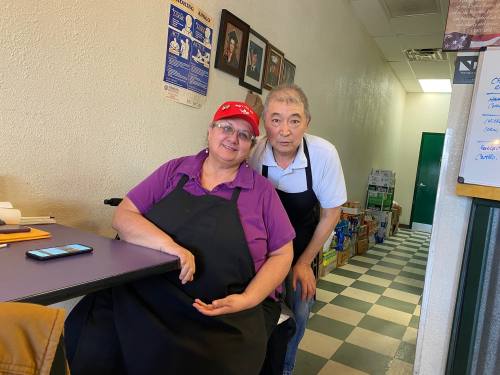





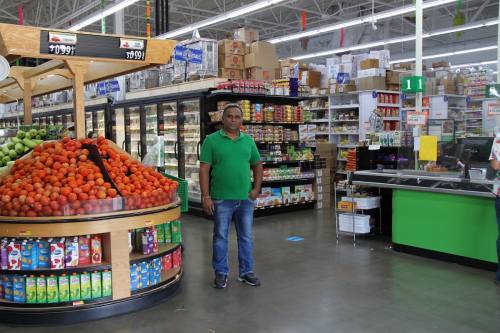



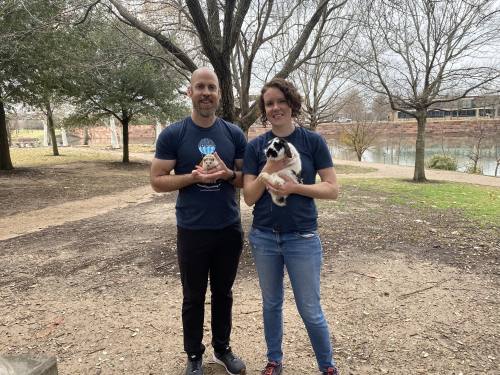
 Be the reader to
Be the reader to 